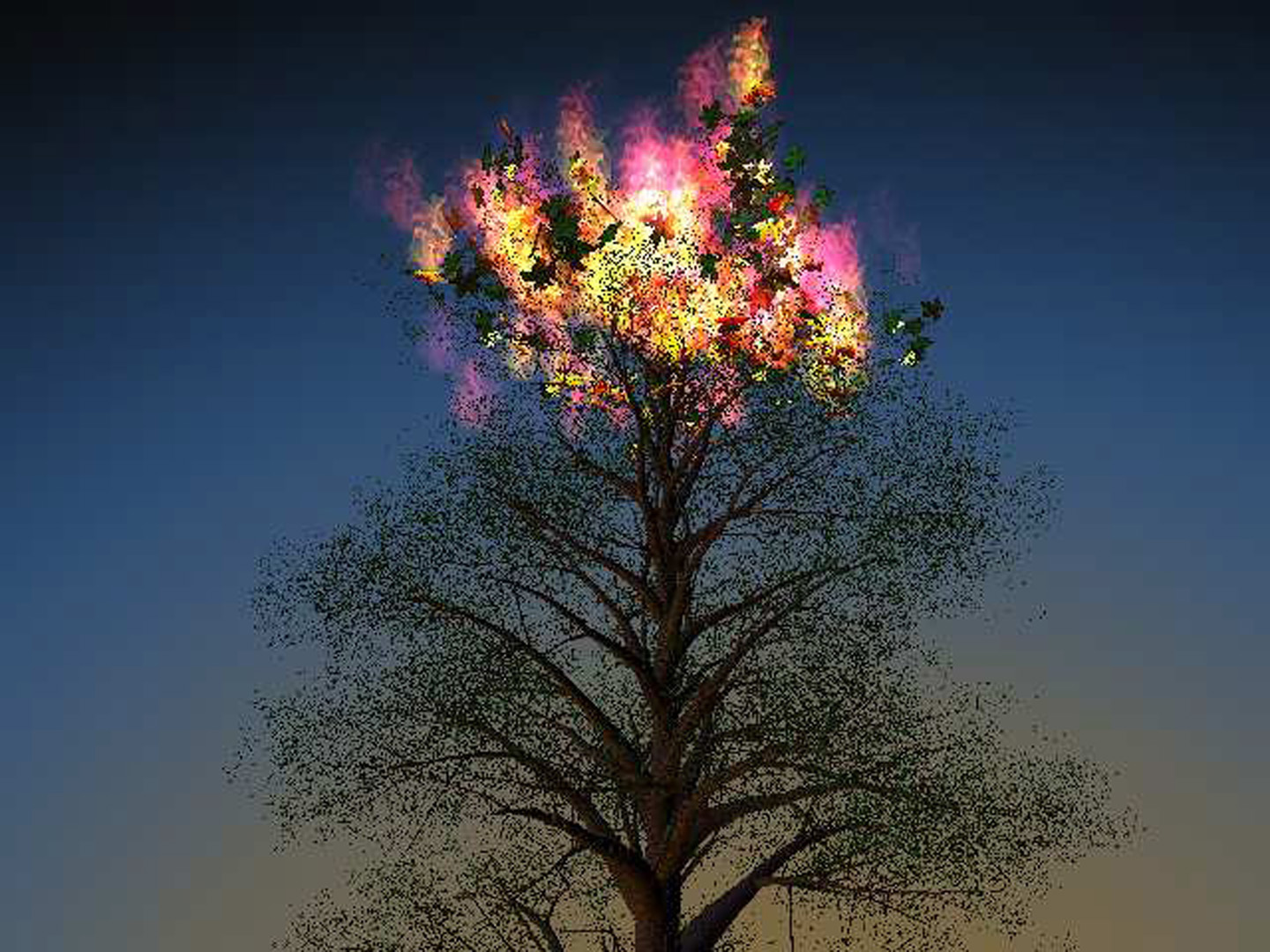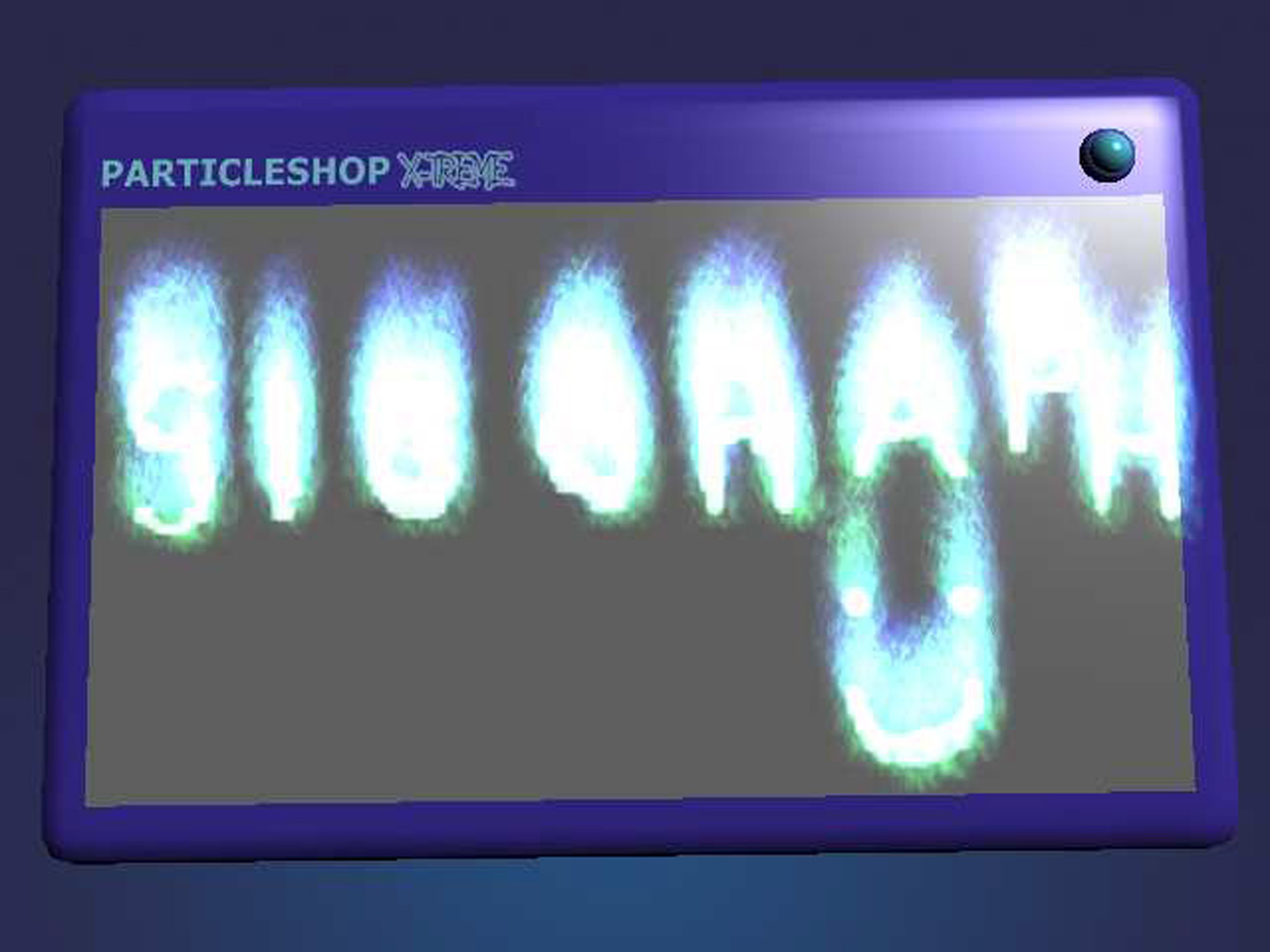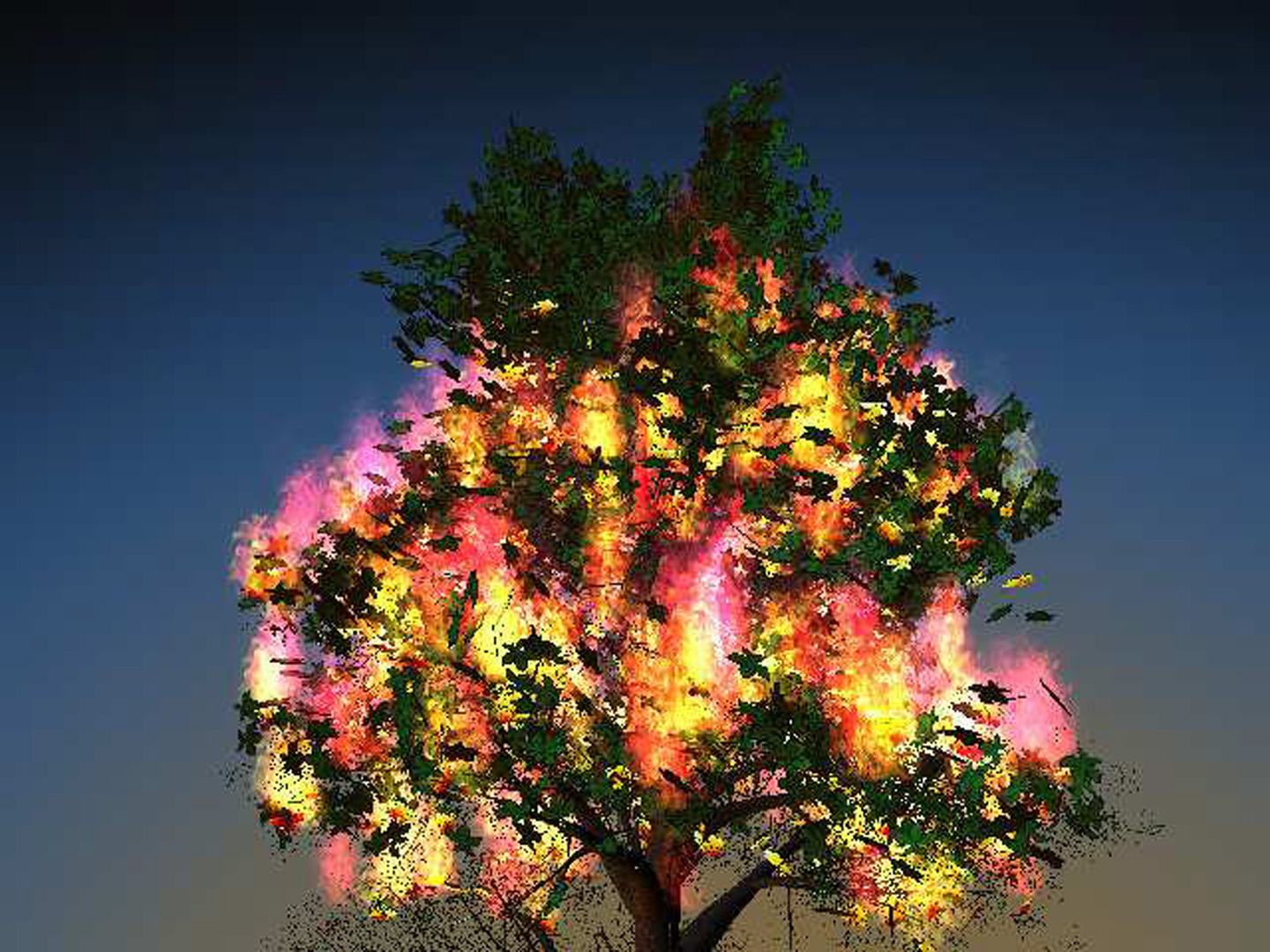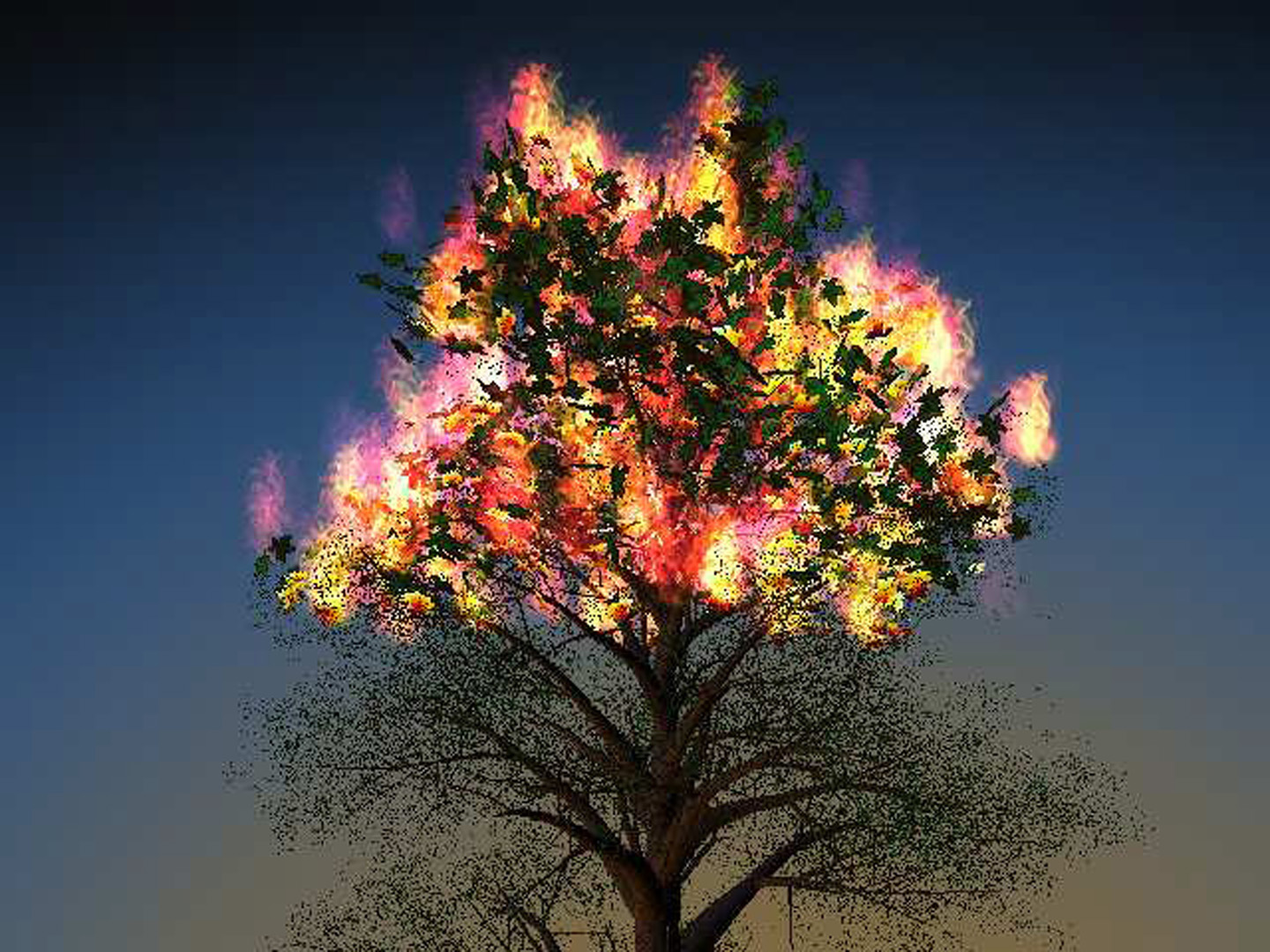“Image-space particle emission” by Konttinen, Pattanaik and Hughes
Conference:
Type:
Title:
- Image-space particle emission
Presenter(s)/Author(s):
Abstract:
Particle systems are visualized by rendering some fixed number of particles per frame, where particle information is sampled from emitters represented by a location, and a range of potential initial particle parameters, such as origin, size, etc. For some complicated effects, especially for such effects where there are many potential emitters, where the location of the emitter is not well-defined, or when particle origins or other parameters can not be easily defined by an analytic boundary, the problem of generating new particle samples becomes difficult. One concrete example of such a scenario is the modelling of rain or hail splattering from visible objects as particles, where every point on a surface that can receive rain is a potential emitter. Another example comes in the form of a large-scale detailed forest fire simulation, where each leaf (or portion of leaf) that is burning is an emitter of flame particles, and there are potentially thousands of leaves visible at any given time.
References:
1. Dachsbacher, C., and Stamminger, M. 2006. Splatting indirect illumination. In SI3D ’06: Proceedings of the 2006 symposium on Interactive 3D graphics and games, ACM Press, New York, NY, USA, 93–100.
2. Kipfer, P., Segal, M., and Westermann, R. 2004. Uber-flow: a gpu-based particle engine. In HWWS ’04: Proceedings of the ACM SIGGRAPH/EUROGRAPHICS conference on Graphics hardware, ACM Press, New York, NY, USA, 115–122.
Additional Images:







